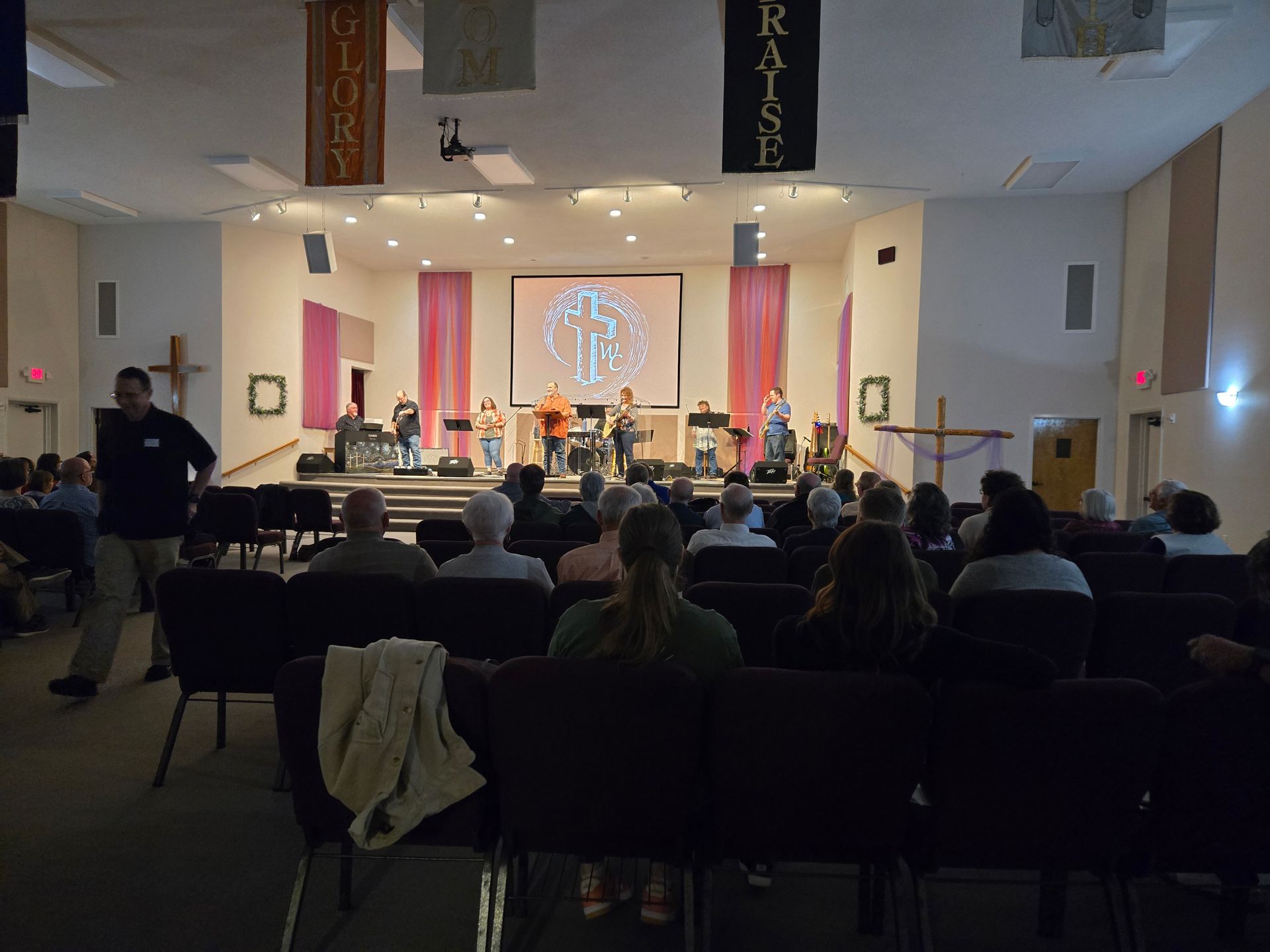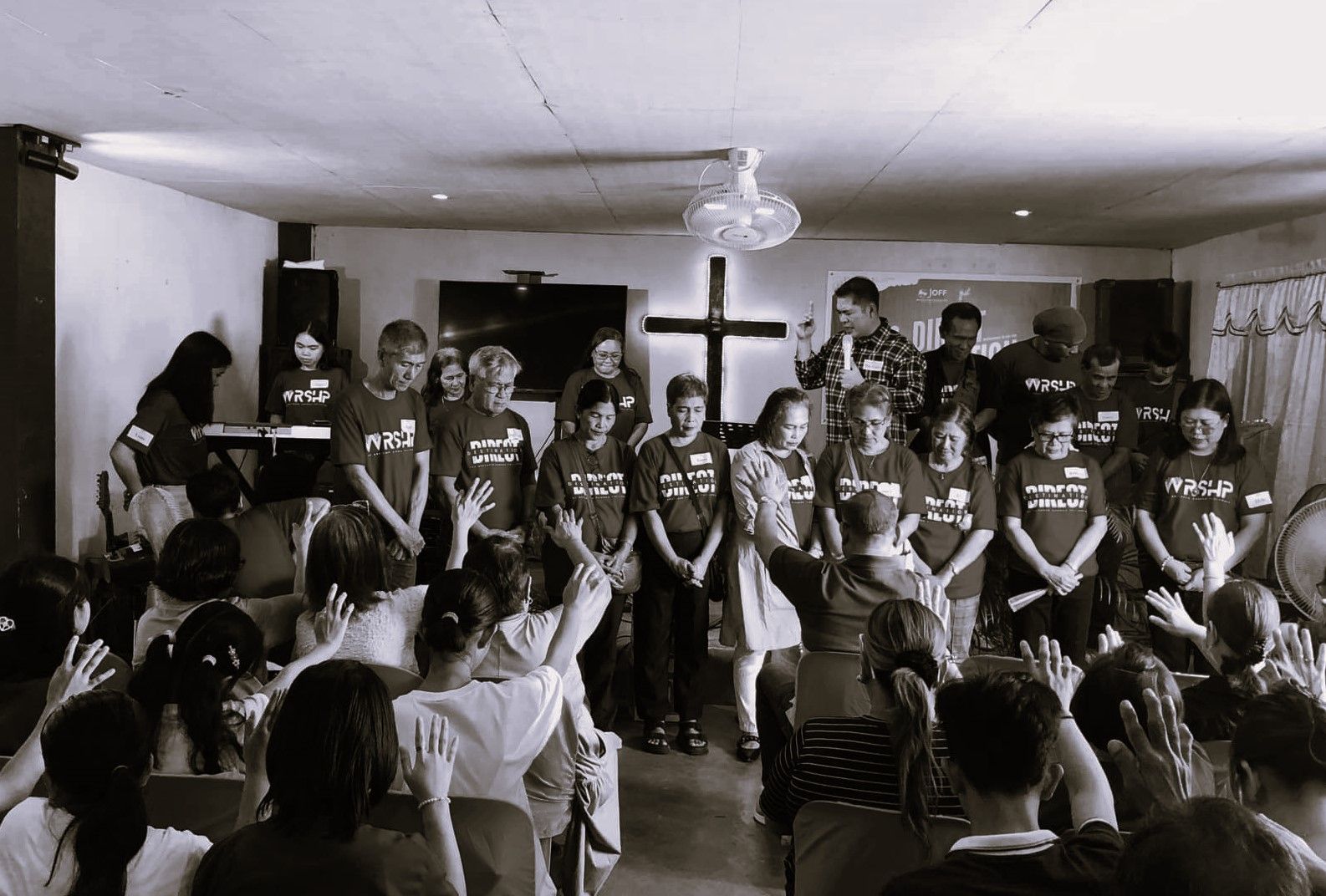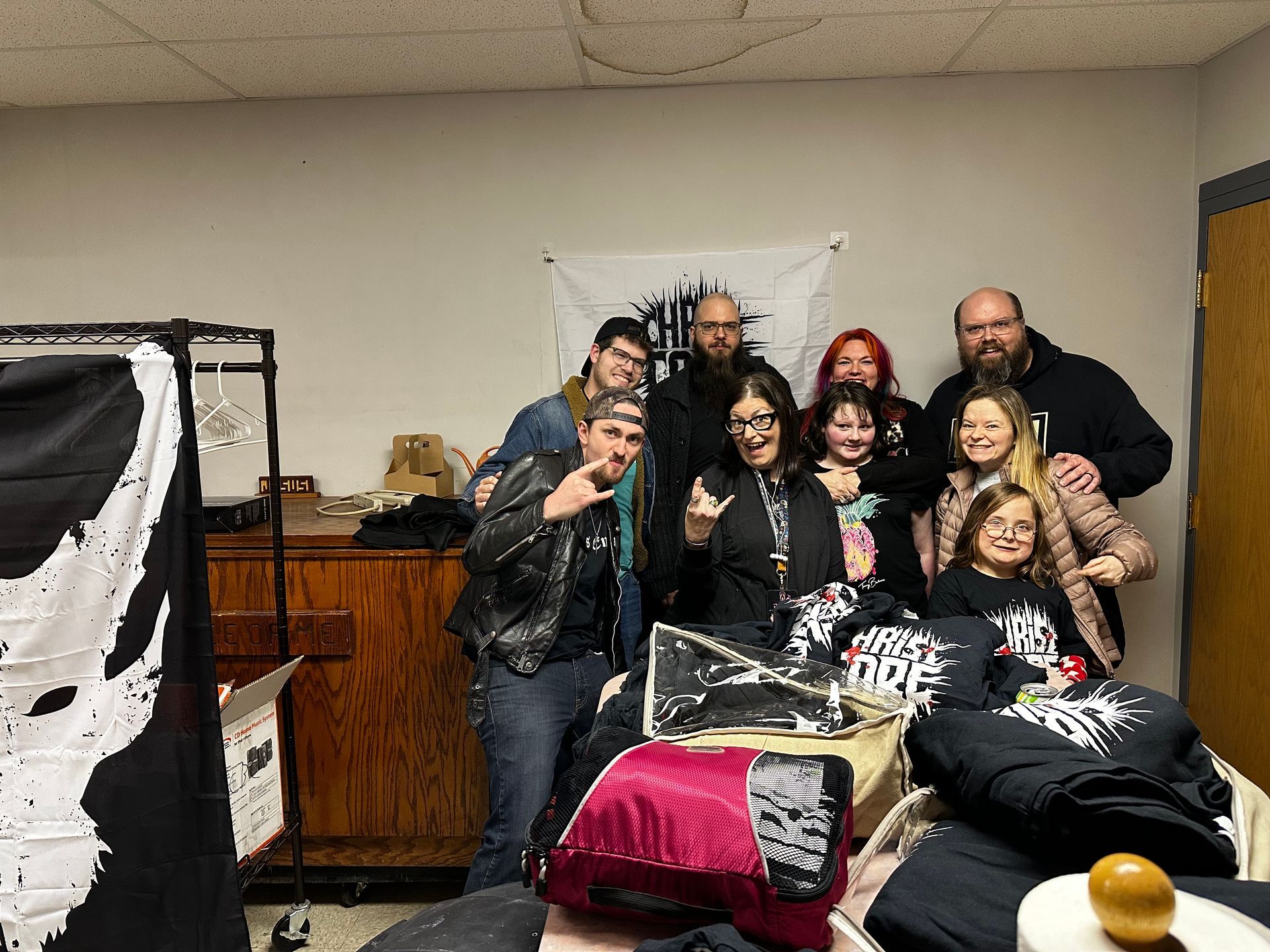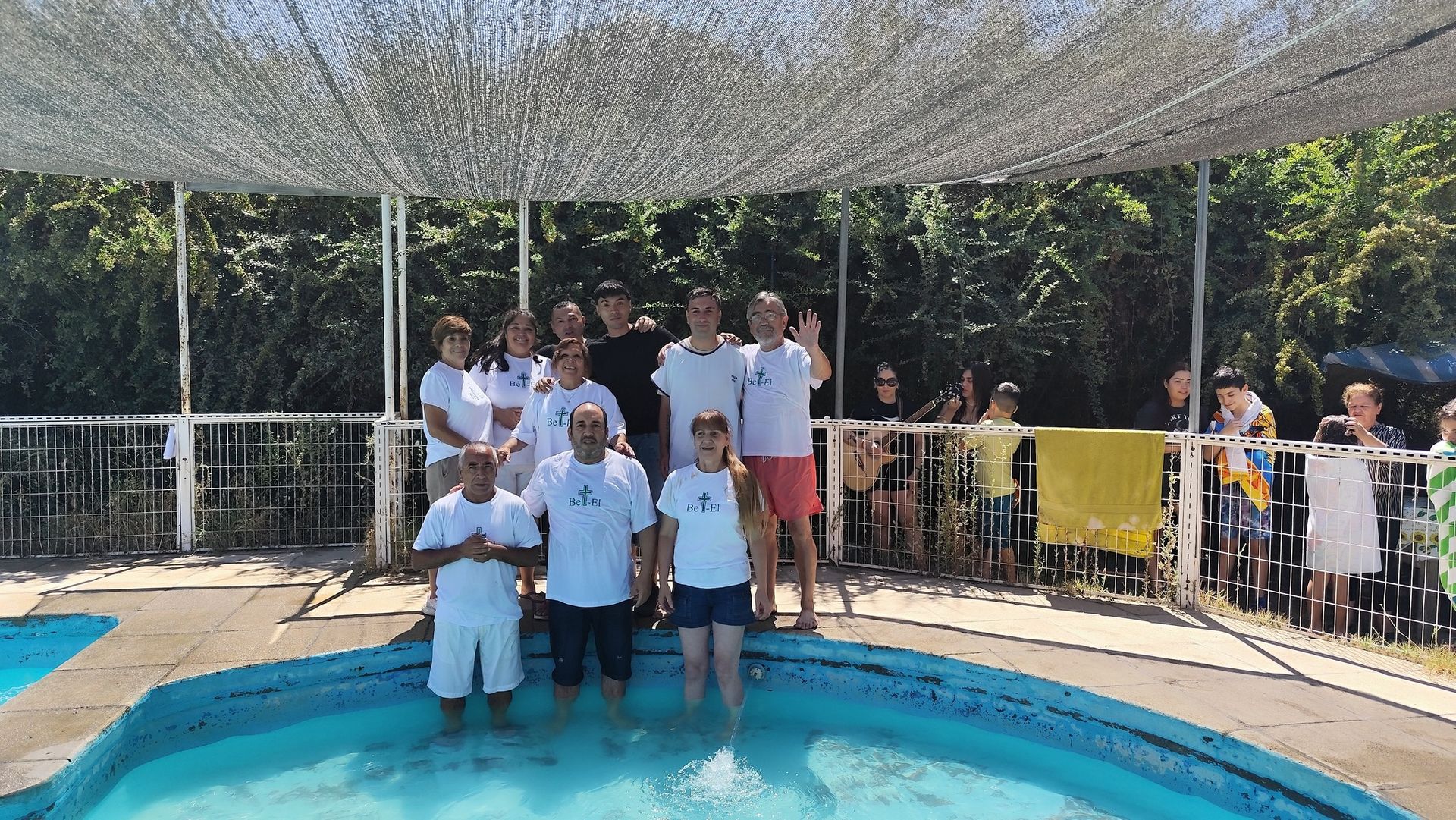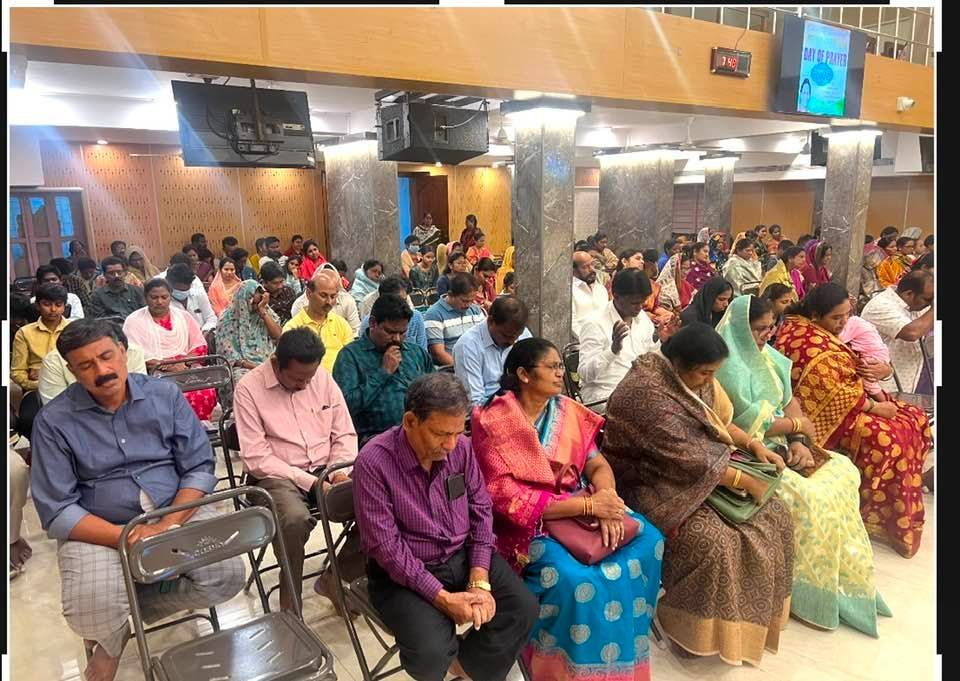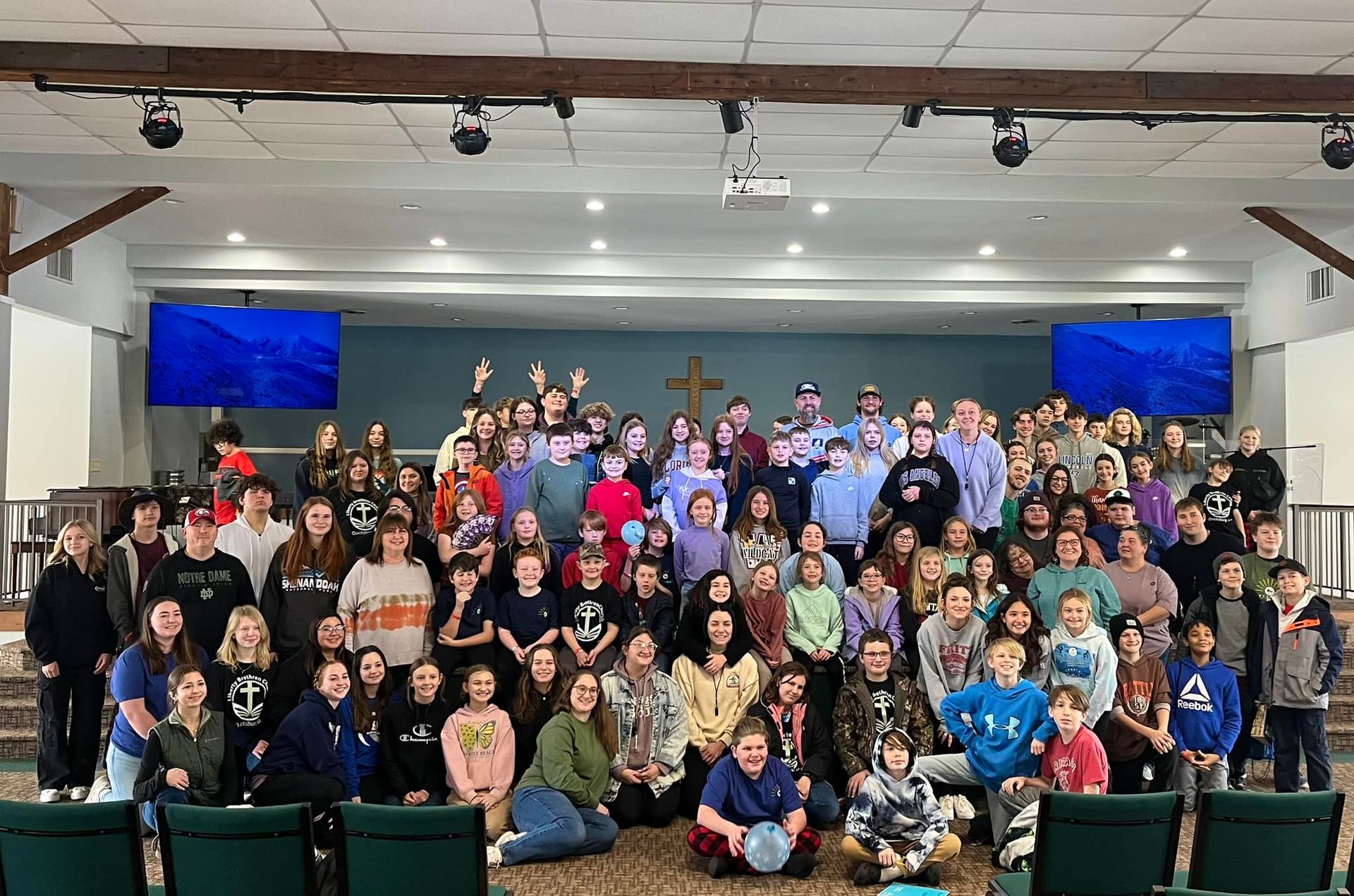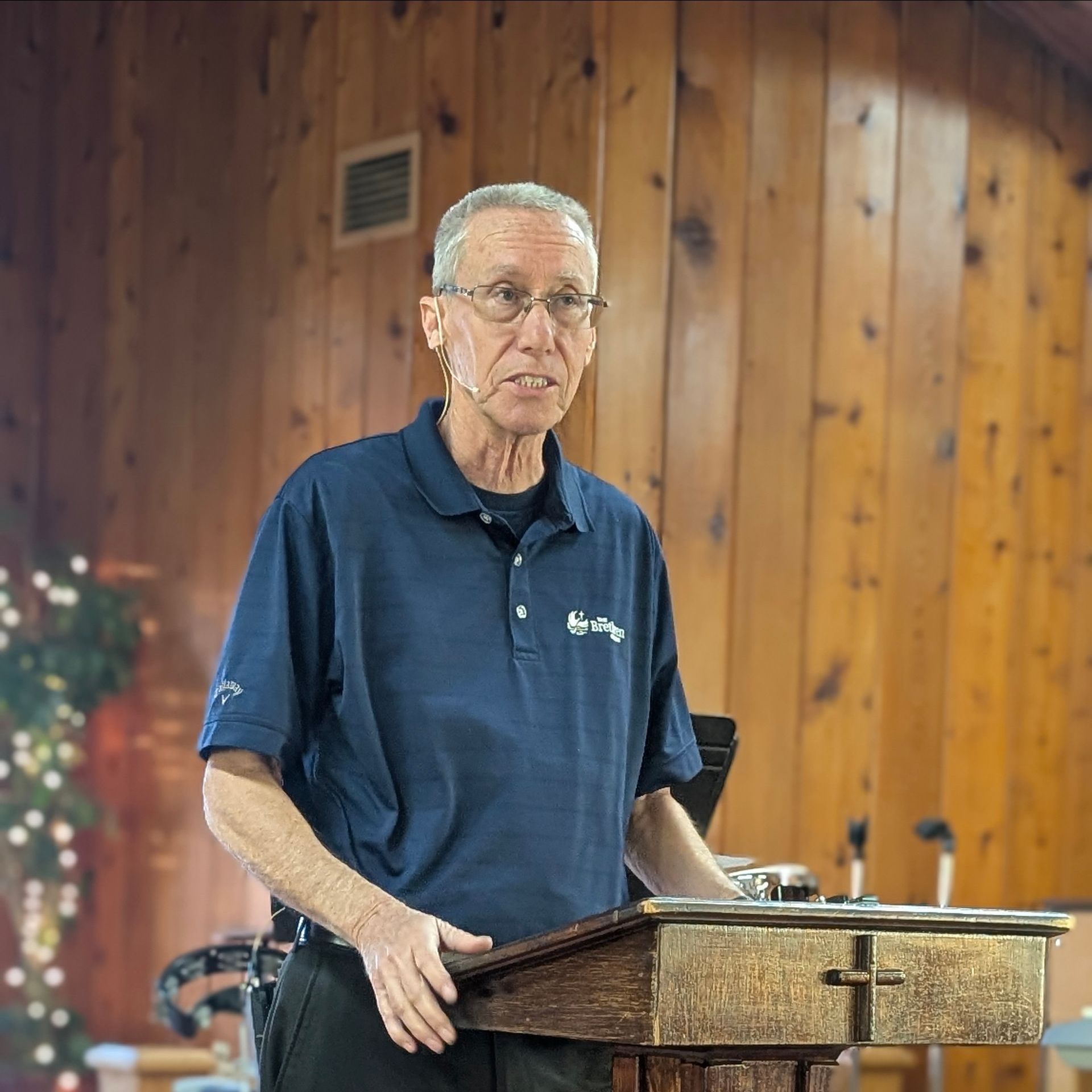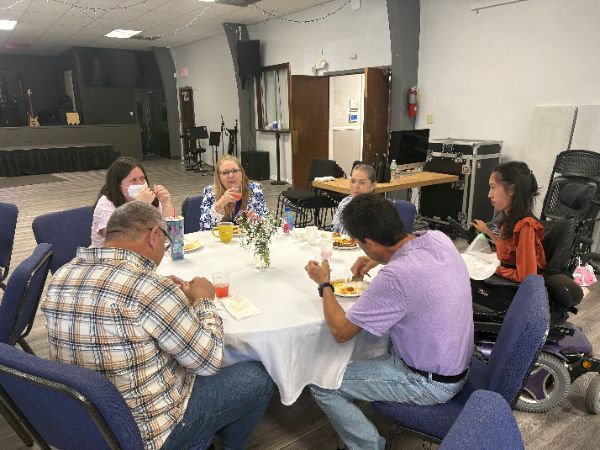Visitor Blindness, Part 2
When I was a young boy, I remember admiring the clock my grandfather received for his retirement. It was one of those mantel clocks with all the movements exposed to watch. To keep it clean and safe, it was under a glass dome which protected it from dust and contact with the dirty fingers of a young grandson. Unfortunately, visitors to a church can also be treated as if they were under a glass dome, kept “safe” from anyone around them greeting them or making them feel welcome. I have videotaped church services where this behavior can be observed, and the responses to the faces of the visitors need no interpretation …they are not coming back. What can be done to minimize the visitor blindness that isn’t from the building, but from the people?
Have intentional, trained greeters at the doors AND in the parking lot. Many churches used to call them ushers, but I am not sure how long it has been since people were ushered to their seats. What is needed are enthusiastic, friendly, trained, and informed people to meet visitors and regulars alike as they enter. People desire a program that explains the events of the day and week, but they also want to be welcomed and to have their questions answered about directions and activities. They don’t want to be singled out, announced from the pulpit, or forced to wear a badge or tag that identifies them. Most visitors are used to shopping before they choose a church, so they want to remain somewhat anonymous. Trained greeters help break the ice, and make visitors comfortable. To get visitor information, have everyone fill out an attendance card every week, either in the program or the seat pocket, but not a pad they pass along the pew (privacy issues). If they see everyone else doing it, they will too. Several companies have programs where the information card is directly attached. You may even want to have a small welcome gift greeters can give to visitors, something useful with your church’s brand.
Have people ready and willing to greet them AFTER they sit down. Break the “visitor dome” by instructing key church leaders (deacons, team leaders, etc.) to be intentional about introducing themselves to visitors after they sit down. Others in the area will follow suit if they see someone being greeted in their seat. They “expect” the pastors to do this, but are genuinely moved when others introduce themselves. Even better, have families who are willing to take a visitor out to dinner after church, after they have received training on how to do this well and best practice is to have the church help with the expense. Refreshments after service, along with your greeters again being stationed as people leave, help catch those who might not have been welcomed earlier in the service.
Have a system in place for visitor follow-up. Once you get that visitor information, be sure to use it!
You have 24-48 hours after a visit for a contact to have maximum effect. A letter mailed to their home from the pastor works great; a follow-up phone call even better. Best practice is in addition to the above to have a series of flyers you can send to the visiting family over the next four to six weeks, a regular reminder of how your church can benefit them and their family.
Do you have a church health question? Mobilize wants to help your church get healthy. If you have a question about church health, growth, and vitality, contact us! Let us know how we can help!
If your church wants help getting healthier, or is interested in the Natural Church Development process we use to assess and promote church health, you can contact Gary Diehl at Gary@brethrenchurch.org or 419-289-1708

